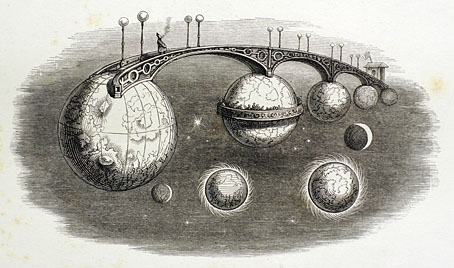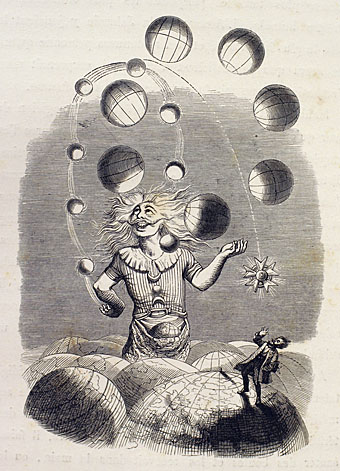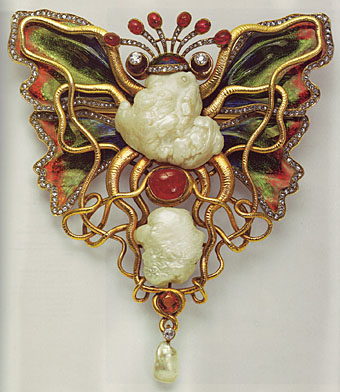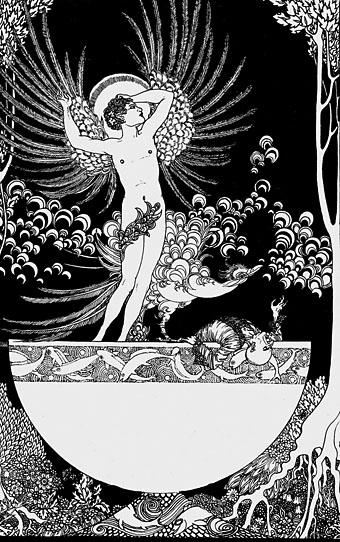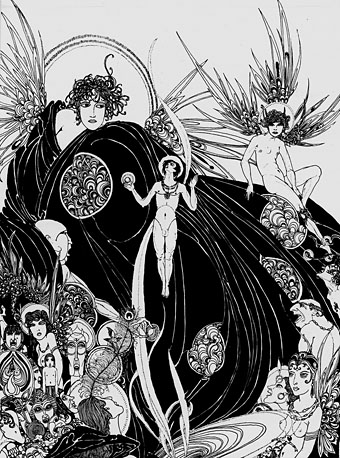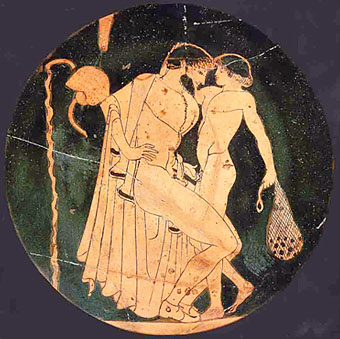
Man courting a boy at the palaestra (530–430 BCE).
Greek love seems to be the theme this week. Having been reading in Margaret Walters’s The Nude Male about the sodomitical habits of the Spartans (are you listening, Frank Miller?), and the general enthusiasm (a Greek term, incidentally) for the youthful male body, news arrives of an exhibition at the Museum of Cycladic Art in Athens “dedicated (to) Eros and its various manifestations in antiquity”.
There in three rooms reserved for artistic renditions of sexual congress, pederasty (socially accepted in ancient times), homoerotic love, and the quaintly named “bucolic love affair”, viewers are bombarded with what the ancients were clearly good at: being bawdy. From scenes of anal copulation to mutual oral sex, to lucky charms of giant phalluses and engravings of frenzied sex with the half-man, half beast satyrs and silens, Eros is depicted in all its glory.
“I delight in the prime of a boy at 12,” one scribe declares in a text highlighted on a wall. “One of 13 is much more desirable. He who is 14 is a still sweeter flower of the lovers. And one who is just beginning his 15th year is yet more delightful. The 16th year is that of the gods. And as for the 17th, it is not for me but for Zeus to seek it.”
Aristophanes, the 5th century BC comic, who embraced the obscene, devising 106 ways of describing the male genitals and 91 those of the female, would not have been disappointed. (More.)
There’s a catalogue available but their website is saying it’s out of stock at the moment. Eros: From Hesiod’s Theogony to Late Antiquity runs to April 5, 2010.
• Sex and sanctity: Eros exhibition bares all in Athens
Elsewhere on { feuilleton }
• The gay artists archive
Previously on { feuilleton }
• The fascinating phallus
• Hadrian and Greek love

